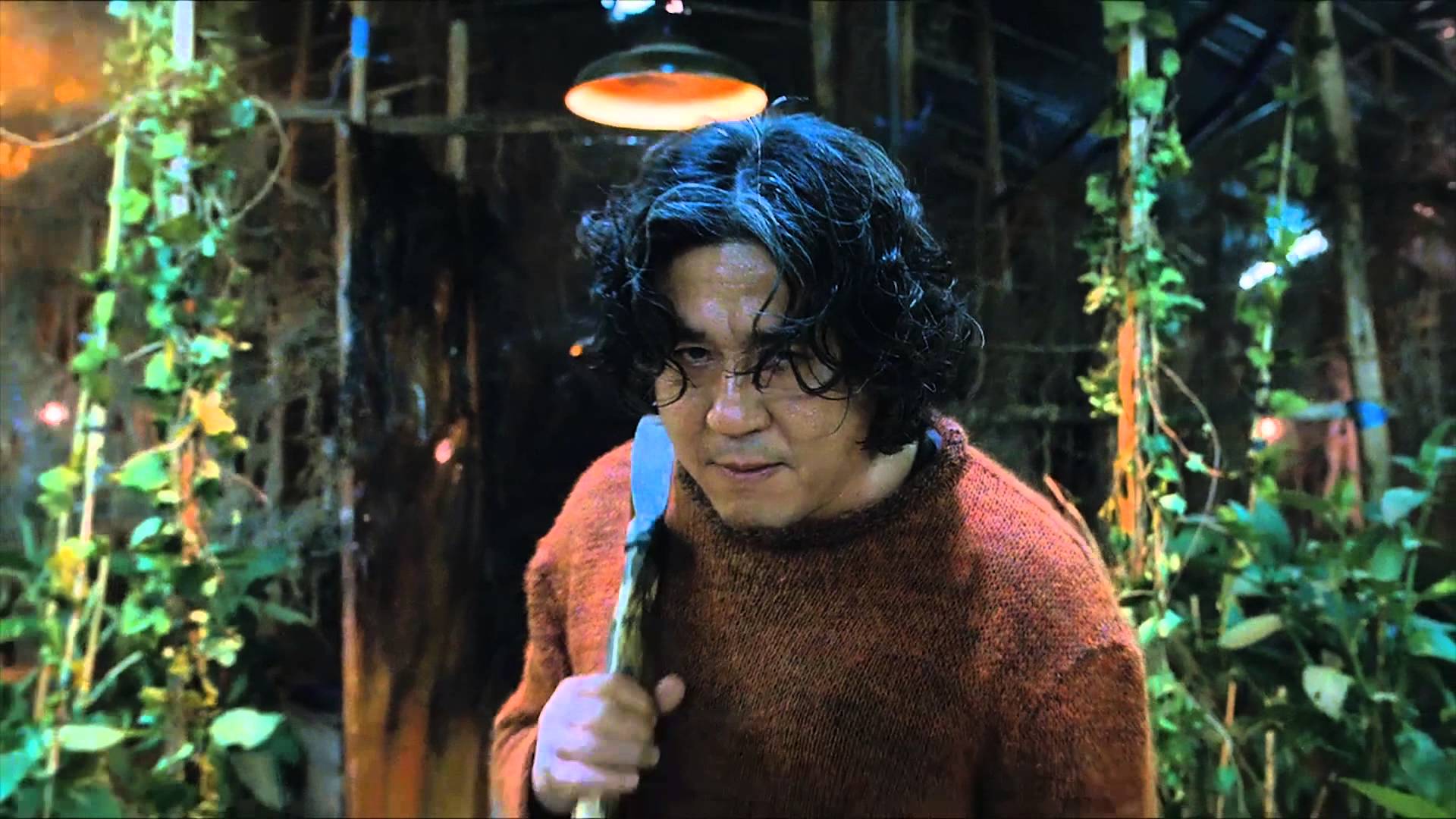
“I Saw the Devil” is one of the best samples (if not the best) of revenge-themed, violent, action thrillers that ever came out of South Korea, in a category with an abundance of entries.
The film made its premiere in the United States at the 2011 Sundance Film Festival and had a limited US theatrical release. It also received screenings at several other international film festivals, winning a plethora of awards,
Here are seven reasons why. Please note that the article contains many spoilers.
1. Unique presentation of the struggle between good and evil
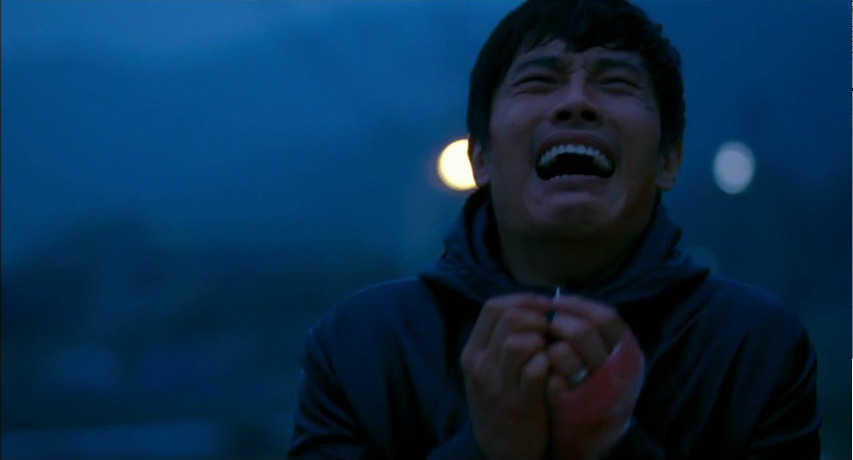
Kyung-chull, a sadistic murderer, assassinates special agent Soo-hyun’s fiance, Joo-yun. A few days later, the police discover parts of her dismembered body in a river. Jang, the police chief and father of the girl, gives Soo-hyun a list with suspects, and he proceeds to investigate the crime in order to exact revenge.
Soon after, Soo-hyun finds the perpetrator, but instead of arresting him, he decides to exact his revenge slowly. His decision initiates a relentless hunt between the two, with the roles of the hunter and the hunted changing constantly and none of the people around them being safe.
The script, up to this point, may not seem unique, but the aforementioned action only includes the first 20 minutes of a production that lasts for 140 minutes, where the action and the plot twists never seem to cease. In that fashion, what initially seems as another confrontation between the good cop and the evil murderer takes a turn toward the extreme, as Soo-hyun has no remorse in making Kyung-chul suffer as much as his victims.
From their first confrontation, when he slices his Achilles tendons in order to make him limp instead of walk, Soo-hyun is actually transformed into a sadistic criminal himself. Initially, his actions may seem justified, especially when one considers Kyung-chul’s crimes, but as the revenge procedure continues, the borders between good and evil stop being visible, thus resulting in the spectator doubting who the evil one actually is.
This procedure extends to a point where no one can root for Soo-hyun, despite the equal measures Kyung-chul have taken against him, and even despite his evident despair during the film’s ending.
2. The theme of revenge taken to unprecedented extremes
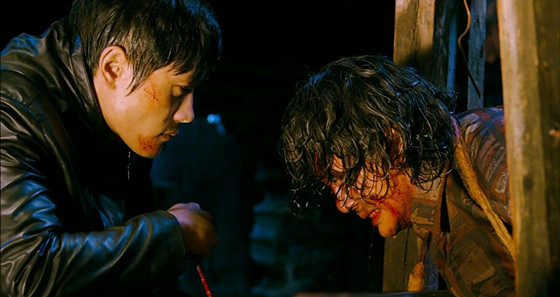
Kim Jee-woon presents another grotesque masterpiece where revenge is the driving force for almost everything that occurs onscreen. The fact that eventually, both of the protagonists turn against each other’s friends and families, is what makes this presentation so extreme, with the utterly shocking finale providing the apogee of this tendency.
However, before this scene, where Soo-hyun exacts his final revenge, Kyung-chul has already hurt his wife and unborn child, his father, and his sister, not to mention a number of innocent “bystanders”, taking his revenge, in both his adversary and the world.
Despite the fact that Kim displays this extreme revenge as graphically as possible, in the end, the futility and the consequences of it are the ones that remain, with the image of the crying Soo-hyun (despite his “win”) highlighting the message Kim wanted to eventually communicate.
3. The use of violence
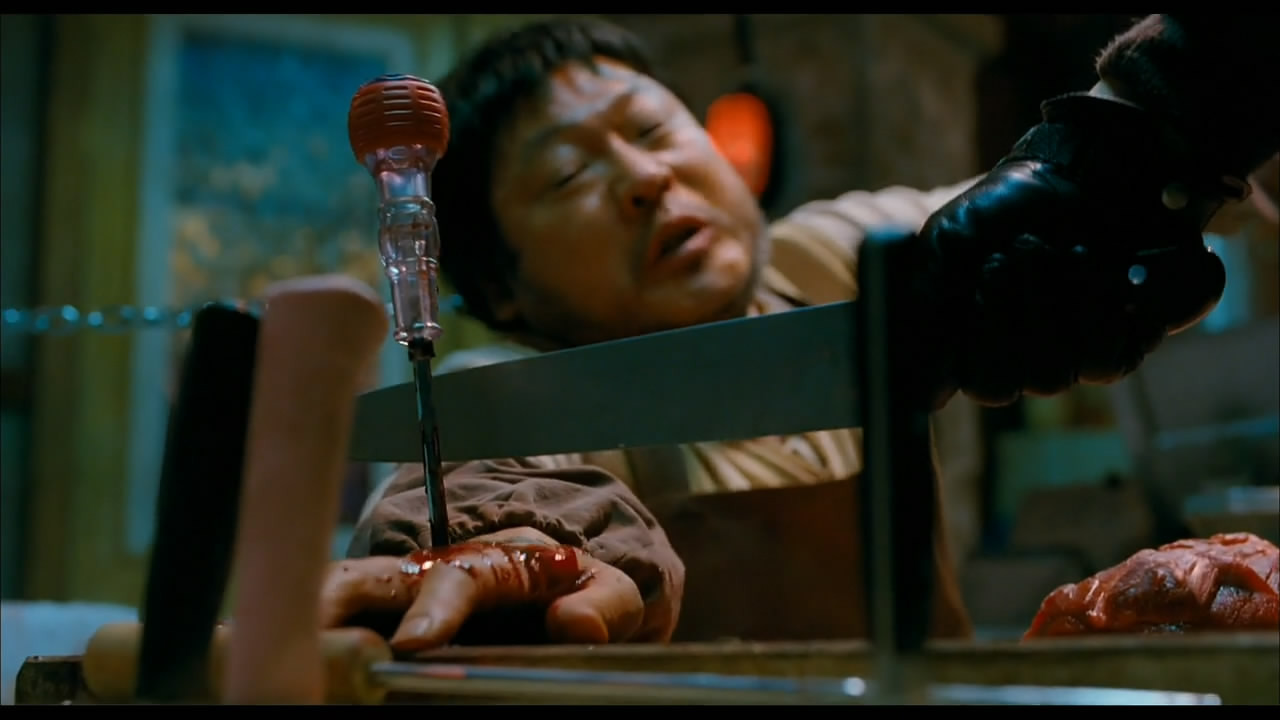
Evidently, “I Saw the Devil” is a very violent film. From the initial scene, where Kyung-chul is killing Joo-yun with a hammer and the sound of the crashing bones make it even more onerous, the film features a cannibal and a plethora of victims, as well as the victimization of the opponents’ families. Violence is everywhere, and is very graphically depicted.
In that fashion, the graphic depiction of violent and sadistic scenes is intense and frequent, but Kim Jee-woon actually uses it to criticize violence and sadism, highlighting how despicable they are as concepts, particularly when they become actions. This technique is not original, though it is the first time that it is stretched to such extremes. The fact that South Korean authorities forced Kim to cut a number of scenes, in order for him to screen the film in the country, is a testament to the fact.
However, and despite the ulterior meaning of violence, the film is obviously not for the fainthearted, with a number of critics classifying it as a slasher film. On the other hand, if someone could see beyond the violence, he would realize that “I Saw the Devil” is a masterpiece in all aspects.
4. Meaningful direction through extreme violence
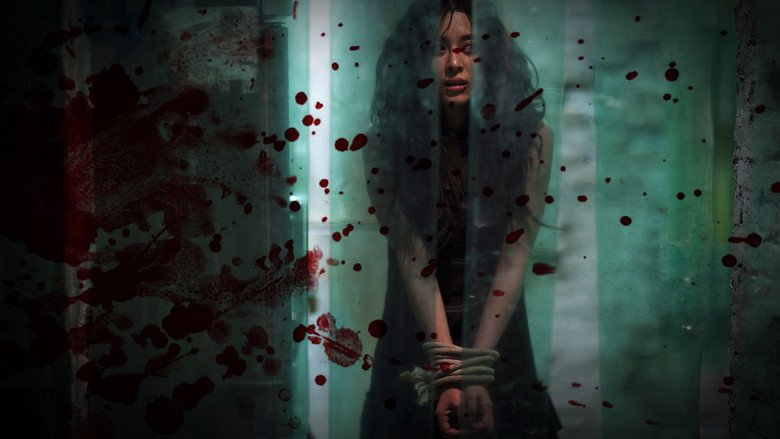
Kim Jee-woon focuses the film on the theme of having to become a monster in order to catch one, and the philosophical implications and tragic irony that derive from it. His direction, filled with action and violence, portrays the theme in extreme fashion, which actually manages to make the film utterly entertaining.
Evidently, his take on the subject is mostly visual, since every notion of his, regarding the matter, is depicted onscreen and not much is left to the imagination. Furthermore, the environment in which the two protagonists act seems to take the shape of their dark fantasies, as more and more onerous scenes are shown on the screen while the two of them try to kill each other.
This kind of direction, where both characters are actually evil, manages to put the focus on the theme of revenge, which Kim presents in hyperbole as a futile notion that can only cause more pain.
Lastly, the fact that this hyperbole occasionally reaches the point of being funny is another trait of his direction, which adds even more to the entertaining aspect of the film.
5. Dark, fitting cinematography
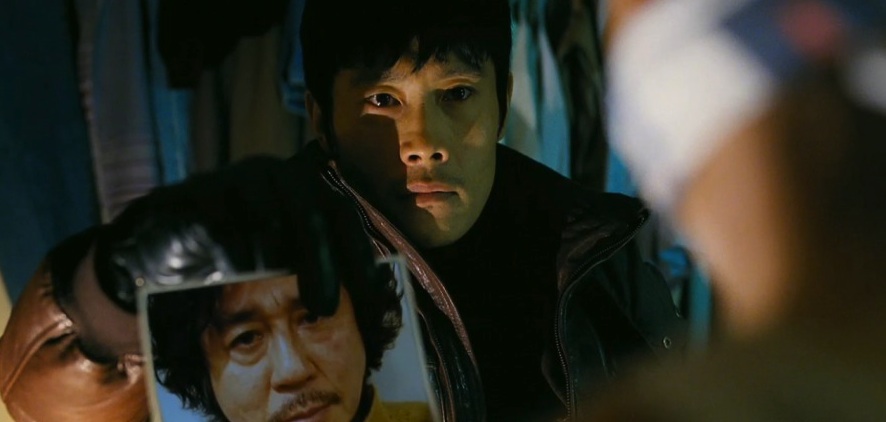
The film benefits the most by Lee Mo-gae’s cinematography, who does not shy away from any grotesqueness, as he composes the film mostly in darkness, combined with a palette filled with blue tones, which manages to be equally vivid and gory.
His cinematography provides an utterly fitting stage for the story while retaining the tension to its apogee, as it impressively portrays this extremely lethal game. This trait finds its zenith in the scenes where color suddenly fills the screen, interrupting the darkness in the most unexpected moments.
6. Elaborate editing
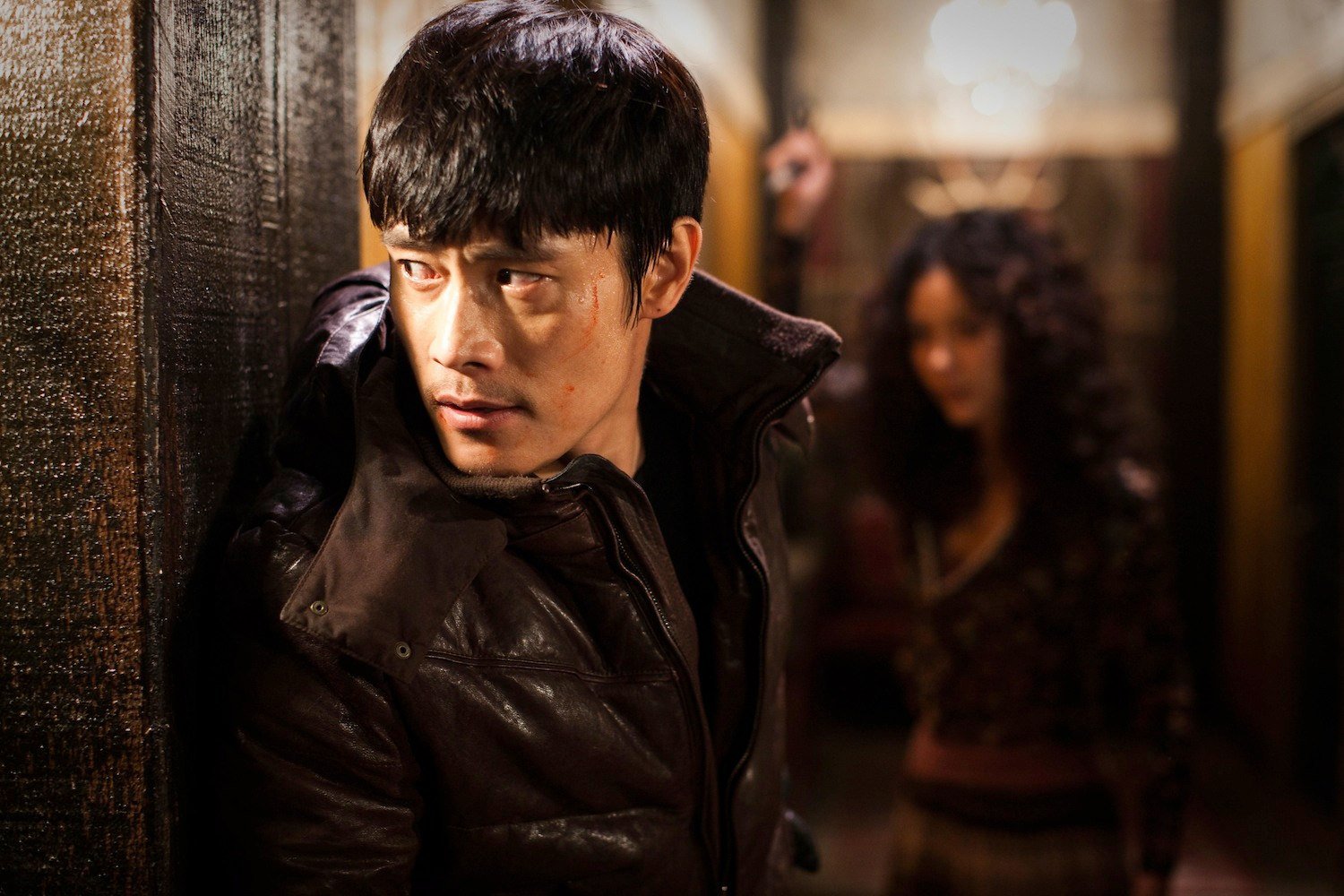
Any film that retains such a fast pace and the permeating agony is in need of great editing, and in that fashion, Nam Na-young does a splendid job in both aspects. This elaborateness starts with the very first sequence, where the continuous sharp cuts immediately change the atmosphere of the film from something romantic with the dialogue between Soo-hyun and his fiancé, to something violent with the grotesque murder of the latter.
The extended use of cutaways is used to show Kyung-chul’s fear and agony throughout the film. This tactic finds its apogee in the scene where Kyung-chul turns on the lights, only to find Soo-hyun waiting for him.
As the action picks up, Nam uses more fast cuts, occasionally presenting backs and forths in time, which create a frenzy in the film while also highlighting the backs and forths of good and evil. Furthermore, he uses pacing, intercutting, and cutting in the action to provide the base for a story of constant twists, where the upper hand seems to constantly change owners.
7. Acting
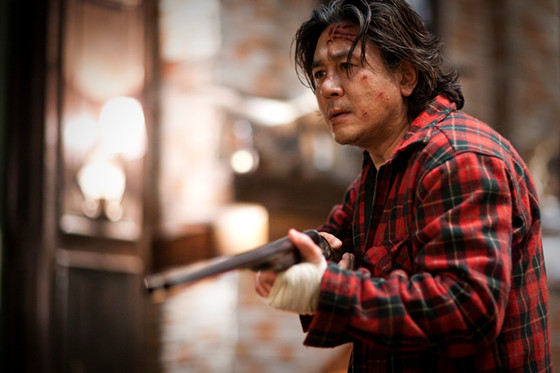
Lee Byung-hun as Soo-hyun and Choi Min-sik as Kyung-chul give a true acting recital in one of the most impressive one-on-one duels ever to appear in cinema.
The former is impressive in his transformation from a lawful special agent to a sinister vigilante, who is willing to stop at nothing in order to exact his revenge. The scenes where he loses his cool, as more people he loves get hurt, are the highlights of his performance, with the ending scene being the most memorable.
Choi Min-sik, however, is definitely on a higher level, as he presents a truly great villain, a psychopath who is actually the protagonist of the film. His transformation is also impressive to view, as the cold maniac, who is sure about himself, becomes an anxious individual who does not know what will befall him next.
These backs and forths in the roles of victim and perpetrator are the pick of both performances, in two roles that benefit the most from the chemistry between the two protagonists.
Author Bio: Panos Kotzathanasis is a film critic who focuses on the cinema of East Asia. He enjoys films from all genres, although he is a big fan of exploitation. You can follow him on Facebook or Twitter.